When a tooth has been damaged or undergone sufficient decay, it may become necessary to remove it. This process is known as tooth extraction and is a routine procedure performed regularly by our team here at Romans & Soltani Dentistry. While extractions are considered a last resort, they’re quick and easy to perform when necessary and can relieve a number of symptoms. In many cases, tooth extractions are performed as the first step on the road to another restoration procedure.
Why Would I Need A Tooth Extracted?
Your natural teeth are designed to last you a lifetime, but sometimes things will happen that make it necessary to remove one or more of them. The most common reasons are damage and decay, but they aren’t the only reasons that extraction can become necessary. Other reasons your dentist may suggest an extraction include:
- Dental Crowding – Orthodontia, a practice that’s goal is to allow for your teeth to be properly aligned, sometimes requires the removal of teeth when there is no room for them. Your teeth may not fit in your mouth if there isn’t enough room, and may not be able to erupt through your gums if not enough room is available. In these cases, an extraction may be suggested.
- Infection – Tooth decay is the most common reason for an infection, and when it has resulted in the pulp of your teeth becoming infected, it may be necessary to pull the tooth. Root Canal Therapy is typically the first approach to resolving infection if antibiotics don’t work. If RCT doesn’t work, an extraction is needed.
- Infection Risk – Some patients experiencing certain health conditions may have a compromised immune system. Those receiving chemotherapy or who are about to receive an organ transplant may opt to have an at-risk tooth extracted rather than performing more conservative procedures.

What Happens During A Tooth Extraction?
Dr. Romans or Dr. Soltani will begin your tooth extraction by administering a local anesthetic to the target tooth and gum area. In certain cases they may determine that a stronger anesthetic is required, and will discuss it with you prior to the procedure. While the process of extracting erupted teeth typically can take less time than you spend waiting for the anesthetic to kick in, impacted teeth will require more aggressive treatment.
Impacted teeth typically require the removal of bone and gum tissue in order to access them. Forceps are used to extract the tooth from the mouth by gently rocking it back and forth, helping to loosen the ligaments and jawbone that helps hold it in place. In particularly difficult cases, the tooth may have to be broken apart to be removed.
What Happens After an Extraction?
Immediately following the extraction of the tooth, you will typically have a blood clot form where the tooth was located. The tooth socket will have gauze pressed into it to help stop the bleeding and may stitch the area closed with self-dissolving stitches. You will need to take care not to suck on a straw for 48 hours after the procedure, smoke, or spit to avoid dislodging the blood clot. If this happens, you may experience a painful condition known as dry socket. A sedative dressing may be given if this happens to help ease discomfort while a new clot forms in the socket.
If you’re concerned, you may be in need of extraction; it’s time to make a call to our clinic at 1-315-487-1545 immediately. During your appointment, your dentist will determine if there are other steps available that may be able to save your tooth. After the evaluation, they will discuss your options with you and advise what the next steps should be. Don’t wait for your tooth to get worse, call while there still may be time to save it.


